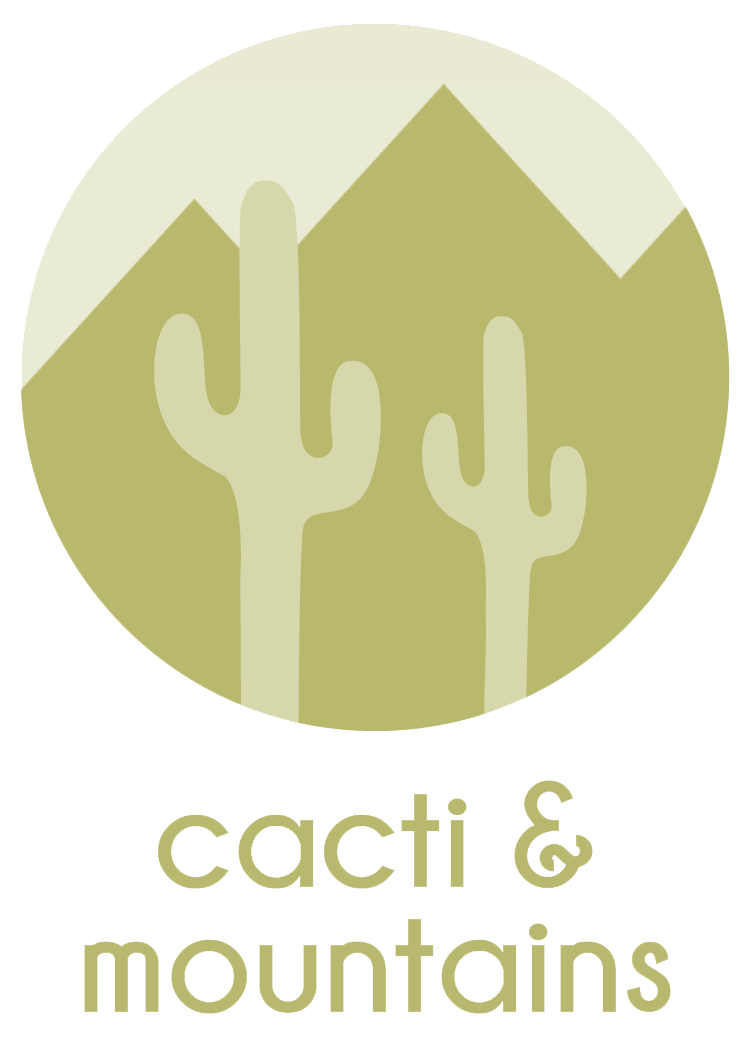Earlier this year, I started volunteering at Arts Mon (Monongalia County’s art council) and attended my first Arts Collaborative meeting. I learned about a cool pop-up art event that was planned for the courthouse square and that the Arts Collaborative had worked with the City and Mainstreet Morgantown to wrap downtown trash cans in work by local artists. But the thing I heard that got me all excited was this: Morgantown has a mural initiative.
Since that meeting not six months ago, five new murals have popped up downtown. And they’re good.
A local family painted a giant rainbow on one of their downtown buildings that sends a cheerful, open message as you head into town from the Westover bridge. If you cross that bridge and continue up Pleasant Street to the local co-op, you’ll see that it now has a giant cardinal on its outside wall. (All you West Virginia history nerds will recognize this as West Virginia’s state bird.)
The next and newest contribution is hiding in an alley on Court Street, which connects High and Spruce Streets across from the courthouse. I really like how that new mural works in harmony with the existing graffiti.
Court Street leads through to Spruce. As you continue North, you’ll pass Health Right, a free clinic that treats low-income and underinsured patients. The side of the building that borders a quaint alley called Wall Street now highlights four local leaders’ contributions to the community. In very pretty colors.
Next, cross the Walnut Street bridge into South Park to find the new image gracing the parking lot of Gene’s, Morgantown’s oldest (and arguably best) local dive bar. The Gene’s mural coordinates with a recently-painted rainbow crosswalk that adds a little spice to the whole block and continues that same message of acceptance.
As you can see from this Pinterest board I started a while back, I love the idea of art on buildings and in crosswalks and on benches and on park picnic tables. It takes the ordinary and transforms it into something happy and inspiring. And sometimes, it leads to real change.
Princeton, WV transformed its downtown over the past few years, and it all started with murals. That story about Princeton got me so excited, I ended up geeking out on creative placemaking and doing a whole lot of internet reading about what art can do for a community. (I have a few ideas.)
All this happened because a really committed group of Morgantown citizens got together to push through some red tape, acquire some funding, and make space for artists to express themselves in a way that everyone can enjoy. To those people I want to say thank you. You’ve given me some new hope. And to everyone else: Let’s keep this going.


























